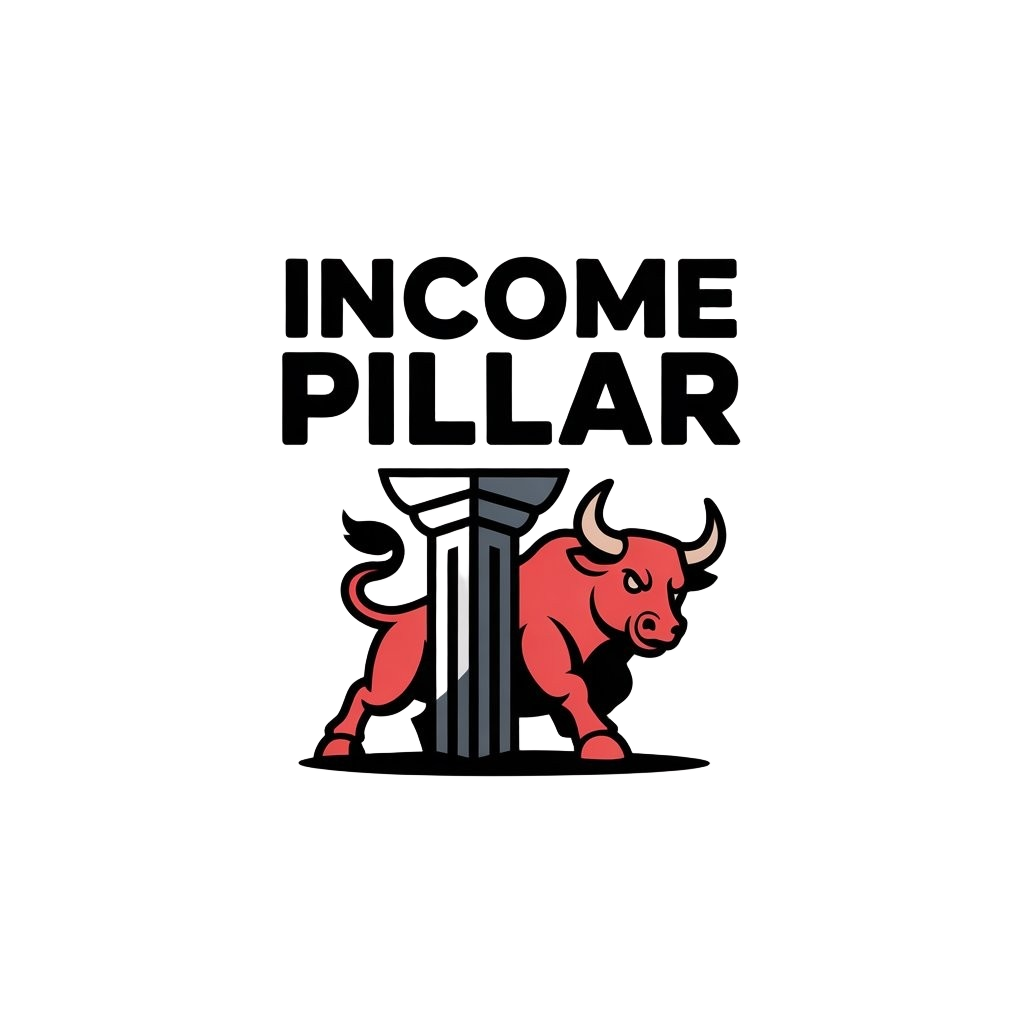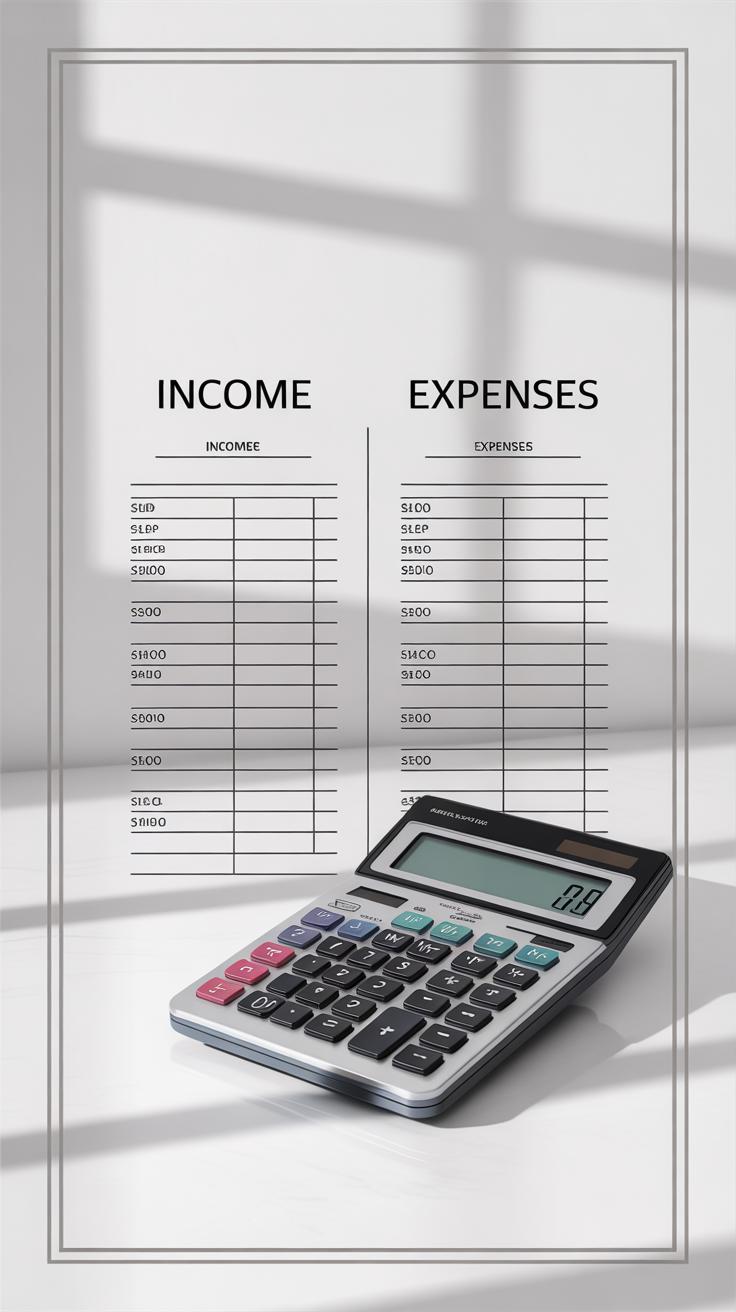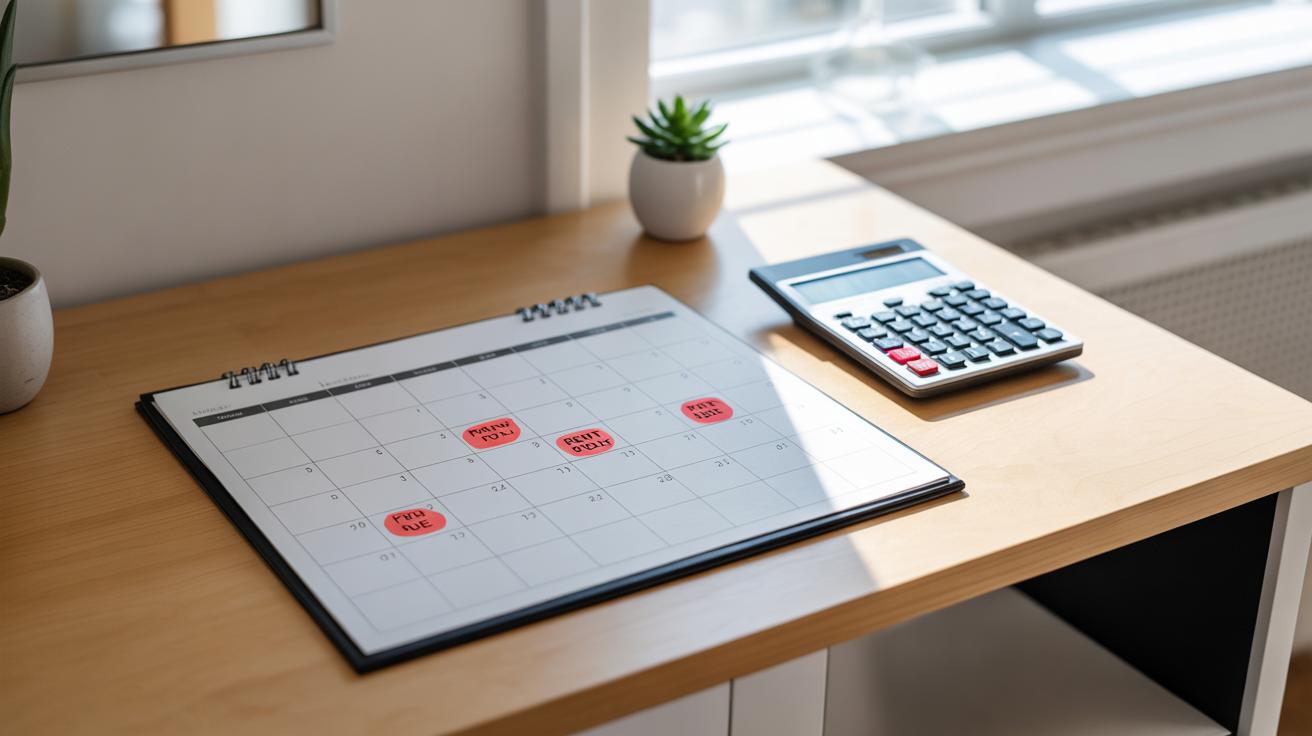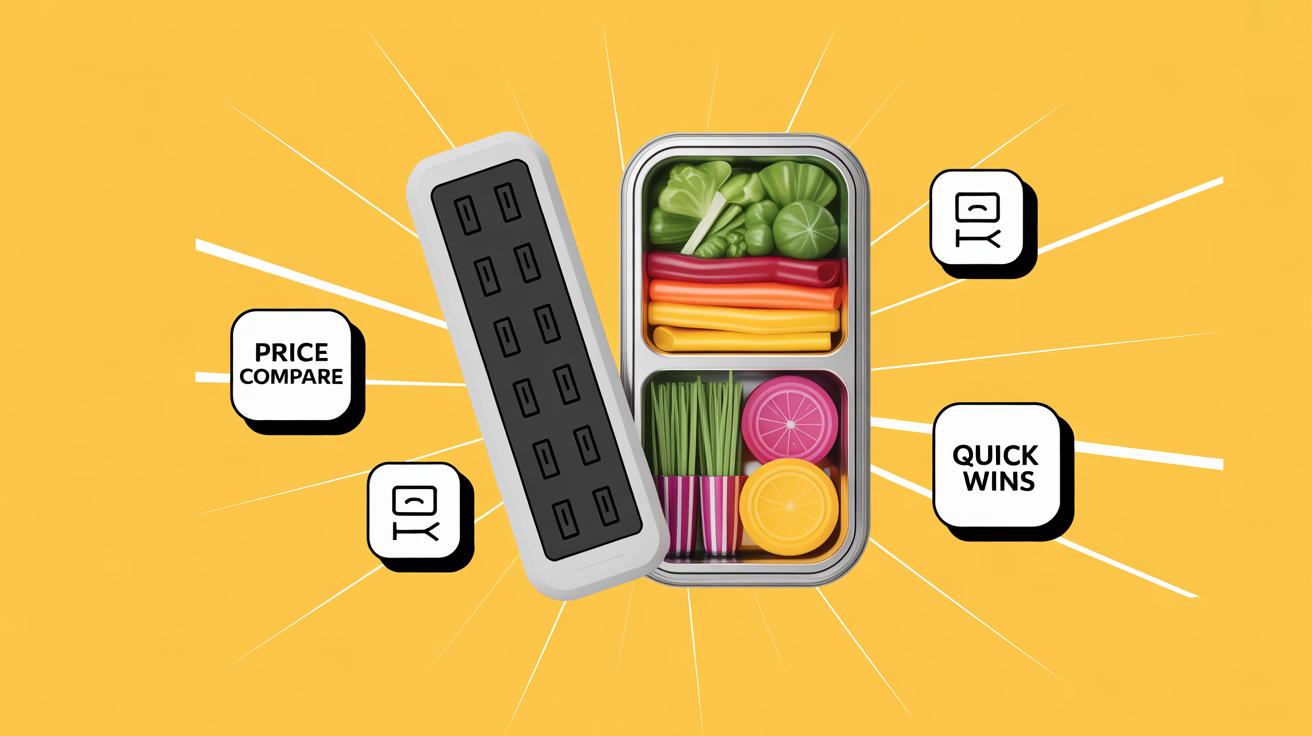Introduction
Managing your money well can make life easier and reduce stress. Budgeting is a key tool to help you control your spending, save money, and plan for the future. Many people wish they had learned budgeting tips sooner because it can change the way you handle your finances for the better.
This article explores budgeting tips you wish you knew sooner. It will show you how to make a clear plan for your money, avoid common mistakes, and use simple steps to stay on track. If you want to feel more confident with your finances, this guide is for you.
Understand Your Income and Expenses
You can’t really control what you don’t measure. That’s why knowing every source of your income and tracking what you spend is a must. Sometimes, we think we know how much money we have coming in or going out—but when you actually write it down, the picture changes. It’s not about perfection, but about awareness. You might be surprised how even small expenses add up.
Start by listing all your income sources. This can include your salary, any government benefits, freelance gigs, or side hustles. Don’t overlook irregular money, like occasional bonuses or gifts—they count too. Knowing exactly how much flows in, when it arrives, and how steady it is, gives you a clearer sense of your financial reality.
Next, get a handle on your expenses. Break them down into two types: fixed and variable. Fixed expenses are those steady bills that don’t change much month to month. Think rent or mortgage payments, insurance premiums, and subscription services like streaming platforms. Variable expenses, on the other hand, shift often. Groceries, dining out, entertainment, transportation—all these can fluctuate and are worth watching closely.
Tracking spending means jotting down what you spend every day. You might find unexpected patterns, like frequent small purchases or untreated subscriptions. Categorize these expenses—it helps you see where your money really goes and which areas you could tweak.
Ever tried keeping a daily log? It might seem tedious at first, but it can be revealing. For example, you may discover you spend more on coffee than you thought or that a new hobby eats much of your entertainment budget. These insights make budgeting less abstract and more connected to your actual habits.
So, do you think you’re aware of all your money inflows and outflows? Taking this step can feel overwhelming, but it’s a foundation that helps everything else make sense.
Set Clear and Realistic Financial Goals
Having clear financial goals gives your budget direction. Without them, money management can feel like wandering without a map. Goals help you decide what’s important and what can wait. They turn abstract numbers into real targets you can work toward, which makes budgeting more purposeful.
When setting these goals, breaking them into short-term and long-term chunks works best. Short-term goals push you forward quickly. Long-term goals keep you steady, even when quick wins aren’t possible.
Short Term Goals for Quick Wins
Short-term goals tend to cover a few months or less. For example, saving up for a new gadget or paying off a small credit card bill. These goals are usually specific and achievable fairly quickly. This keeps motivation high because you see real progress fast. Achieving even a small target can build momentum in your financial habits. You might think, “Okay, I can do this,” and suddenly budgeting doesn’t seem so daunting.
Notice how small wins can change your outlook. They make you feel in control. But sometimes focusing too much on quick gains can distract from bigger needs. It’s a balancing act—don’t get stuck chasing short wins if your long-term goals are slipping.
Long Term Goals for Big Plans
Long-term goals require patience. Think about saving for a house, retirement, or your kids’ education. These goals demand steady saving over years or decades. They feel distant, almost intangible, which can be frustrating.
But steady contributions add up. Your budget becomes a tool for consistency rather than instant gratification. Setting specific, measurable targets for these goals helps—like contributing a fixed amount monthly to a retirement fund.
It’s easy to lose motivation with long-term plans since the payoff isn’t immediate. You might question if it’s worth sticking to a strict budget now. Yet, those small, repeated efforts build a foundation you’ll be glad for later. So try not to lose sight of the bigger picture, even when short-term wins seem more appealing.
Create a Budget Plan That Matches Your Lifestyle
Building a budget plan that truly fits your life means knowing your income and expenses well enough to make the numbers work—not just on paper, but in reality. This is where many people stumble because they try to follow rigid rules that don’t reflect their actual spending habits or needs. So why not start with something simple?
The 50/30/20 rule is a popular starting point. With it, you allocate roughly 50% of your income to needs like rent or groceries, 30% to wants such as dining out or hobbies, and 20% to savings or debt repayment. Think of it like a basic framework that you adjust based on what matters to you. Maybe your rent is higher, so your needs take up 60%, pushing wants down to 20%. That’s okay if it fits your situation.
Oddly, some people feel that picking a method locks them in. But really, a budget is flexible—it should bend with changes in income, expenses, or priorities. The key is to choose one straightforward method that resonates with you and then tailor it. Don’t try to juggle multiple systems at once; it just gets confusing and tiring. Pick one, start there, and tweak it as you go.
Revisiting your budget regularly—say every month or after major life events—is crucial. You might find a category was underestimated, or new expenses pop up. Adjusting isn’t failure; it’s part of staying on track. If you ignore this, your budget risks becoming irrelevant, which defeats the whole purpose. So, schedule those check-ins. It’s a small step that makes a significant difference.
Save Money by Cutting Unnecessary Expenses
You might be surprised how much little things add up over time. Those small expenses—subscriptions you forgot about, grabbing lunch out too often, or just impulse buys when you’re in a rush—can quietly eat into your budget. It’s worth asking yourself, does this really add value to my life? Or am I just spending out of habit?
Take a moment to review regular charges like streaming services you barely use or memberships that no longer fit your needs. Maybe that third coffee shop visit this week could be swapped for brewing your own at home. The tricky part is sometimes these small comforts feel necessary, even if they aren’t.
Consider seeking cheaper alternatives. Cooking at home might sound like a chore, but it saves money and often leaves you feeling better than that quick takeout. Or think about hobbies—can they be done free or low cost? Walking in the park instead of a pricey fitness class, for example.
This isn’t just about cutting expenses—it’s about freeing money for things that really matter, whether it’s building savings or handling bigger needs down the road. Those small shifts add up. You don’t have to overhaul your life overnight, but trimming just a bit here and there could bring surprising relief to your budget.
Plan for Emergencies and Unexpected Costs
Why You Need an Emergency Fund
Life doesn’t always go as planned. Your car might break down without warning, or you might face a sudden medical bill. Maybe your job situation changes, and income slows down. When those moments come, having an emergency fund can keep you from spiraling into debt—or worse, relying on high-interest credit cards.
An emergency fund offers peace of mind. It’s not just about the money itself, but about the freedom to handle surprises without panic. You don’t have to wonder where the next dollar will come from. That alone can change how you react in tough moments.
Steps to Build Your Emergency Savings
Starting to save feels overwhelming to many. But here’s the thing: you don’t need to put away hundreds of dollars right away. Even small, regular amounts add up.
- Set a tiny, realistic goal—maybe five or ten dollars a week.
- Automate transfers if possible, so you don’t have to think twice.
- Look for bits of extra cash here and there—tax refunds, gifts, or leftover change—and toss those in.
- Don’t stress if progress seems slow. The habit is more important than speed.
- As your situation improves, increase contributions bit by bit.
The key? Be consistent, even if the amount feels almost meaningless at first. Over time, those small deposits turn into a buffer that could save you from financial strain.
Use Tools and Apps to Make Budgeting Easier
Keeping track of your money doesn’t have to feel like a chore. There are plenty of digital tools that can help you see where your income goes without the brain strain. These apps and tools can connect to your bank accounts and credit cards, automatically categorizing expenses so you don’t have to enter everything manually. It’s quite handy, especially if you’re not naturally detail-oriented—or if you just forget to jot things down.
Some popular apps to check out include:
- Mint: It’s free and pulls all your accounts into one place. You get alerts for bills and spending trends, which might make you think twice before splurging.
- You Need A Budget (YNAB): This one’s more hands-on and teaches you to assign every dollar a job. It encourages you to plan ahead rather than track after the fact.
- Personal Capital: It leans more toward investments but tracks everyday expenses too, giving a clearer picture of your net worth.
If apps aren’t your thing, spreadsheets offer flexibility. You can download templates or build your own to reflect your personal income and spending habits. It’s slower but sometimes better if you want full control or if online syncing feels risky. Just having a simple table listing your categories and regular expenses can clarify where you might be leaking money.
Do you prefer digital tools over manual methods? Or is there a mix that works best for you? Sometimes using both gives you the best of both worlds, while other times it adds unnecessary hassle. Worth experimenting with, anyway.
Stay Motivated and Adjust When You Need To
Sticking with a budget takes more than just setting numbers on paper. Sometimes, it’s frustrating when expenses pop up unexpectedly or when you realize you didn’t estimate quite right. It’s normal to feel discouraged at times. The trick? Staying motivated without being too hard on yourself.
Try celebrating the small victories. Did you manage to avoid that impulse buy? Or maybe you tracked every expense for a whole week? Reward yourself with something simple, like a favorite coffee or a relaxing evening. These little moments build momentum and keep things positive.
And when you hit a snag, don’t see it as failure. Maybe you overspent one month or your emergency fund took a hit. Instead, think of these as lessons. Ask yourself: what happened? What can I tweak? Sometimes, adjusting your budget means loosening it here, tightening it there. It’s not about perfect numbers but learning what works for you.
Remember, budgeting is a journey. You’ll slip, adjust, and keep going. That’s how progress really happens.
Plan for the Future by Investing and Growing Your Money
Start with Simple Saving Plans
Saving money might seem straightforward, but the way you do it can make a big difference over time. Opening a basic savings account is probably the easiest step. These accounts are safe—your money is protected up to certain limits by government insurance programs in many places. That safety means you don’t need to worry about losing what you put in.
What makes these accounts useful is that they usually offer some interest, so your money grows slowly even without extra effort. That growth isn’t dramatic, but it’s steady. Plus, savings accounts are liquid, meaning you can take out money if something urgent comes up, no strings attached. This flexibility can feel reassuring when you’re building a financial cushion.
Learn About Basic Investments
Once you’re comfortable with saving, you might wonder what comes next. Investing lets your money work harder by potentially earning more than a savings account, but it also comes with more ups and downs.
For beginners, safe options like bonds or mutual funds could be a good starting point. Bonds are loans you give to governments or companies that pay you back with interest over time. They usually carry less risk than stocks, but that means returns can be lower, too. Mutual funds pool money from many investors to buy a mix of stocks, bonds, or other assets, providing instant diversification without much hassle on your part.
Both options require patience—you won’t see overnight changes, but over years, they might help your money grow beyond what a savings account can offer. Have you considered how much risk you’re okay with? Sometimes it’s tricky to find the right balance between safety and growth.
Conclusions
Budgeting helps you keep track of your income and expenses. It gives you control over your money so you can meet your goals, like saving for something special or paying off debt. The tips shared here focus on easy, practical ways to make a budget work for you.
Start small and keep your budget simple. Review it regularly and adjust when needed. With patience and practice, budgeting becomes a helpful habit that improves your financial health and brings peace of mind.






















